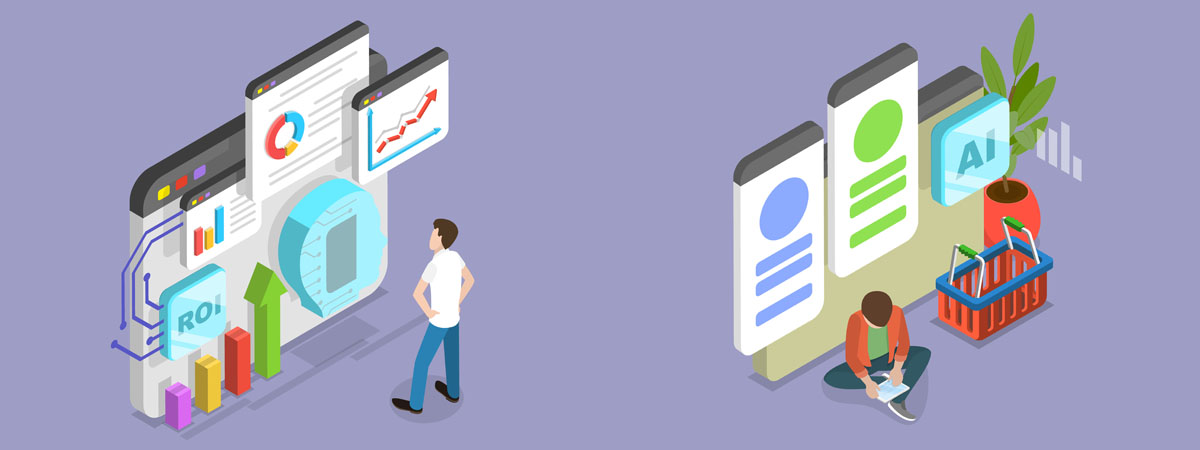SaaS AI Pricing Models
You’ve built an incredible AI-powered SaaS product. Users love the technology, but the million-dollar question keeps you up at night: How do you price something that gets smarter over time? You’re most likely wrestling with pricing decisions that could make or break your AI SaaS solution. You could charge for AI features separately or bundle everything together. What happens when your AI becomes 10x more valuable next quarter? Traditional SaaS pricing playbooks don’t account for the complexities of AI-enhanced products. Unlike static features, your SaaS AI capabilities evolve continuously. They create new value propositions that can completely reshape your market position. Get it right, and you’ll capture premium revenue and accelerate adoption. Get it wrong, and you’ll leave money on the table or price yourself out of the market. We examine SaaS AI pricing models to help you prepare your SaaS strategy.
Why SaaS Companies Struggle with AI Pricing Models
Unlike traditional SaaS features, AI capabilities improve continuously. They make static pricing models obsolete and create a web of challenges that most SaaS pricing strategies weren’t designed to handle.
The primary pain point affecting tech leaders is quantifying AI value in concrete terms. Your customers may not fully understand how your machine learning algorithms save them hours of manual work or improve their decision-making accuracy. Market education makes premium pricing difficult to justify, especially when competitors are offering “AI-like” features at lower prices.
Resource allocation becomes another critical challenge. You balance substantial R&D costs for AI development against accessible pricing that drives growth. Infrastructure costs alone – GPU compute, data storage, model training – can be huge. You can’t just pass these costs directly to customers without losing a competitive edge.
Perhaps most frustratingly, you’re operating in an environment where established players pressure the market with superficial AI features. You’re building genuinely transformative SaaS AI capabilities that deserve premium positioning. The challenge lies in showing differentiation while maintaining pricing that encourages adoption.
Strategic Framework for SaaS A IPricing
A viable solution uses a hybrid pricing architecture. It combines subscription stability with usage-based flexibility for AI features. This approach acknowledges that different customers derive varying levels of value from your AI capabilities. It also provides predictable revenue streams.
Your pricing strategy should focus on business results instead of technical specifications. Forget about pricing based on your sophisticated algorithms. Instead, focus on measurable impact: time saved, accuracy improved, revenue generated. Value-anchored positioning allows you to make your value proposition crystal clear and use premium pricing.
Implement a progressive disclosure strategy. Start with accessible entry points and expand with premium AI tiers. Customers can experience your SaaS AI value before committing to higher-tier pricing. It reduces friction and creates natural upgrade paths.
As your AI capabilities evolve, align pricing with customer value realization, create multiple monetization paths, and build flexibility for rapid iteration.
Implementation
Step 1: Map AI Value to Business Outcomes
Begin by identifying business metrics your AI improves. Quantify this value in money terms wherever possible. If your AI reduces manual data entry by 20 hours per month, calculate the salary cost savings. Create clear value proposition statements for each AI feature that tie to customer ROI.
Step 2: Design Tiered Pricing Architecture
Structure your SaaS offering with a Starter tier that features core functionality and basic AI assistance. Create a Professional tier with enhanced AI features and moderate usage limits. Include an Enterprise tier with full AI capabilities with unlimited usage. Incorporate usage-based pricing for high-value AI features like API calls, data processing volumes, and advanced analytics.
Step 3: Implement Value Communication Strategy
Develop ROI calculators that show potential savings and gains from your SaaS AI features. Create comparison charts that contrast AI-powered processes with manual alternatives. Build compelling case studies demonstrating real customer value with specific metrics and testimonials.
Step 4: Test and Iterate Pricing Models
Split test pricing structures with customer cohorts. Monitor conversion rates, customer lifetime value, and churn metrics. Collate qualitative feedback through structured customer interviews to understand pricing perception and value recognition.
Best Practices for AI Pricing Models
Start with outcome-based pricing by focusing on “What problem does this solve?” instead of “How does the AI work?” Customers care about results, not the technical elegance of your algorithms.
Use tiered usage limits to allow customers to experience AI value before hitting paywalls. This demonstrates value before requiring premium investment and builds confidence. Implement smart bundling by packaging complementary AI features together, increasing perceived value while simplifying decision-making.
For communication, lead with business benefits rather than technical specs. Provide transparent pricing calculators that help prospects understand their potential costs and returns. Offer free trials or freemium tiers that mitigate adoption friction. Create clear upgrade paths as customers’ AI needs grow and evolve.
Ready to Optimize Your SaaS AI Pricing?
AI SaaS pricing requires balancing innovation costs with market accessibility. Build sustainable revenue streams. Successful models combine subscription stability with usage-based flexibility. Value-based pricing strategies consistently outperform cost-plus approaches. Continuous iteration is essential as your AI capabilities evolve.


Leave A Comment